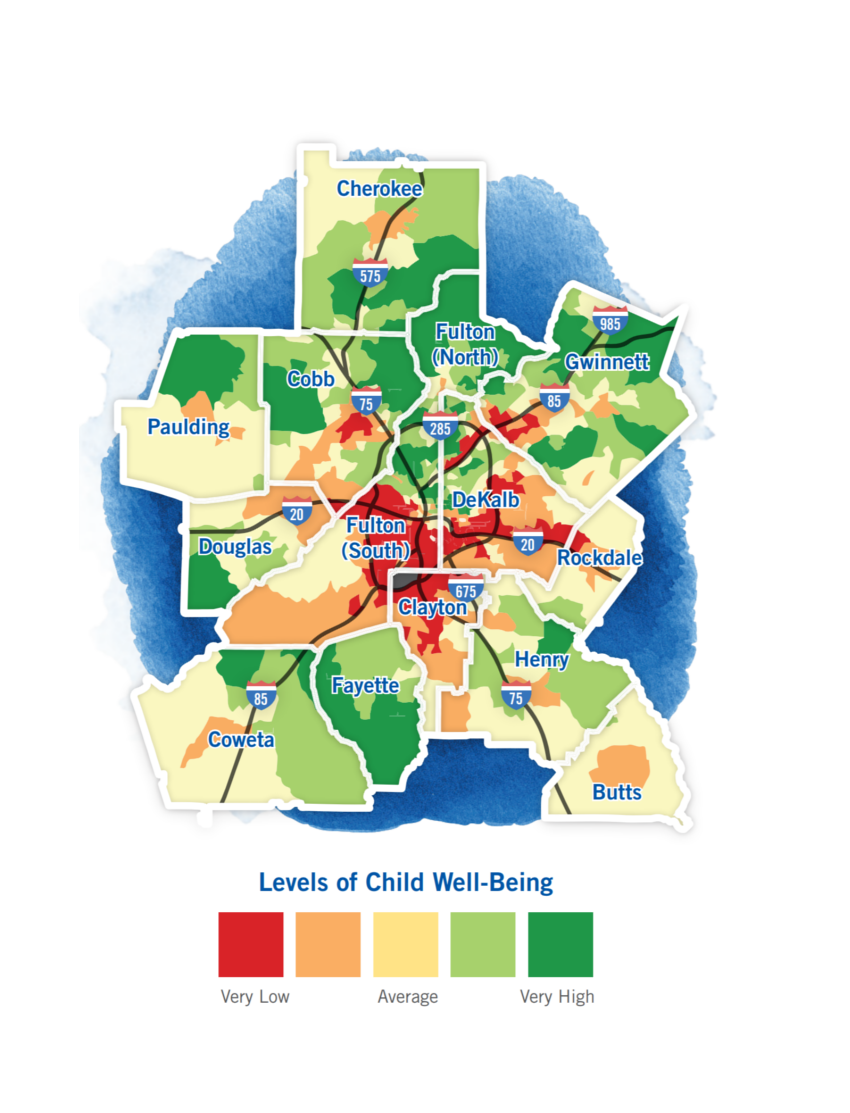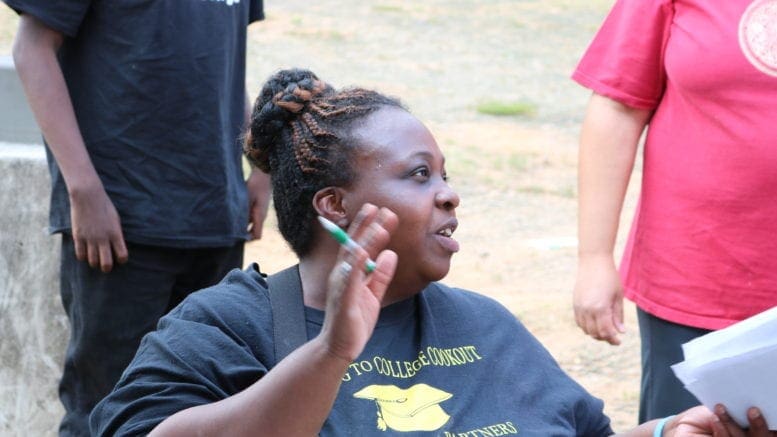This is a guest editorial from Monica Delancy, the founder and executive director of We Thrive in Riverside Renters Association.
As 2017 closes and 2018 begins it is imperative that resources be focused on the South Cobb community. For clarification, the South Cobb community I am speaking of is the attendance zone feeder pattern for South Cobb High School and Pebblebrook High School. The South Cobb area has an alarmingly high rate of children living in poverty.
- All schools in the attendance zone for South Cobb High School and Pebblebrook High School are Title 1. The definition of a Title 1 school is when over 45 percent of the children enrolled free or reduced lunch.
- Riverside Primary and Riverside Intermediate have a 90 percent free and reduced lunch rate.
- Lindley Middle School has an 85 percent free and reduced lunch rate. Garrett Middle School has an 80 percent free and reduced lunch rate.
- The number of children who reside in the south Cobb community and receive government assistance through SNAP, WIC, Medicaid is at 70 percent.
- In south Cobb’s 30168 zip code, residents who are renters outnumber homeowners at a rate of 51 percent.
- Overall in the South Cobb community, the rate is 40 percent renter-occupied homes.
- Renters pay more than 40 percent of their income on rent.
- Cobb County magistrate court has seen an uptick of evictions, with some days seeing over 100 cases.
- Pebblebrook High School has 20 defined apartment complexes/ mobile park homes in its attendance zone.
- Transient rates for Pebblebrook High School and South Cobb High School attendance zone fluctuates between 25 to 35 percent over the past 3 years.
- Transient rates also play a significant role in CCRPI (college and career readiness performance index) scores. South Cobb and Pebblebrook scores both are in the 65 -68 percent range. High schools in North and West Cobb communities have less than 10 percent transient rates, and their CCRPI scores are 90 percent..

Color-coded map of metro Atlanta child well-being from the United Way
The United Way of Atlanta just released their 2017 report giving a score for counties entitled “Pathway to Child Well-being.” Overall Cobb County received a score of 68 percent. Some factors that were used to calculate the score were housing stability, children exceeding standardized tests reading scores, unemployment rate, CCRPI score, the percentage of adults without healthcare insurance. United Way of Atlanta provided a color-coded map of the metro Atlanta. Dark green represents communities where the children are well, and orange and red are the lowest performing communities.
The areas of concern (shaded orange and red) were the south Cobb area and central Marietta near I-75. The high performing areas were North and West Cobb and Smyrna. United Way of Atlanta has launched a ten-year plan to move communities to green.
The south Cobb community is full of potential with dedicated community groups, stakeholders, and elected officials whose number one priority should be to make sure our children are ok. There is a sense of urgency for all elected officials, government agencies, and nonprofits in Cobb County to present a unified ten-year strategic plan to move the south Cobb community forward. More funding for early childhood programs should be at the top of the plan. The plan should include pathways to support wage earners to acquire homeownership. The plan should emphasize the importance building strong families. Most importantly, the plan should also incorporate an emphasis on including everyone to become civically engaged in their community regardless of age, race and income status. We must do all we can to make sure all children have an opportunity to thrive and have a community to call home in their adult years. A county as a whole can only be as strong as their weakest link. 2018, let’s go.





